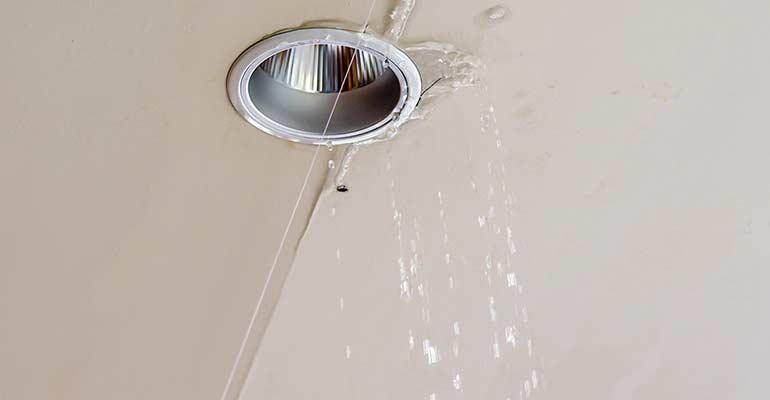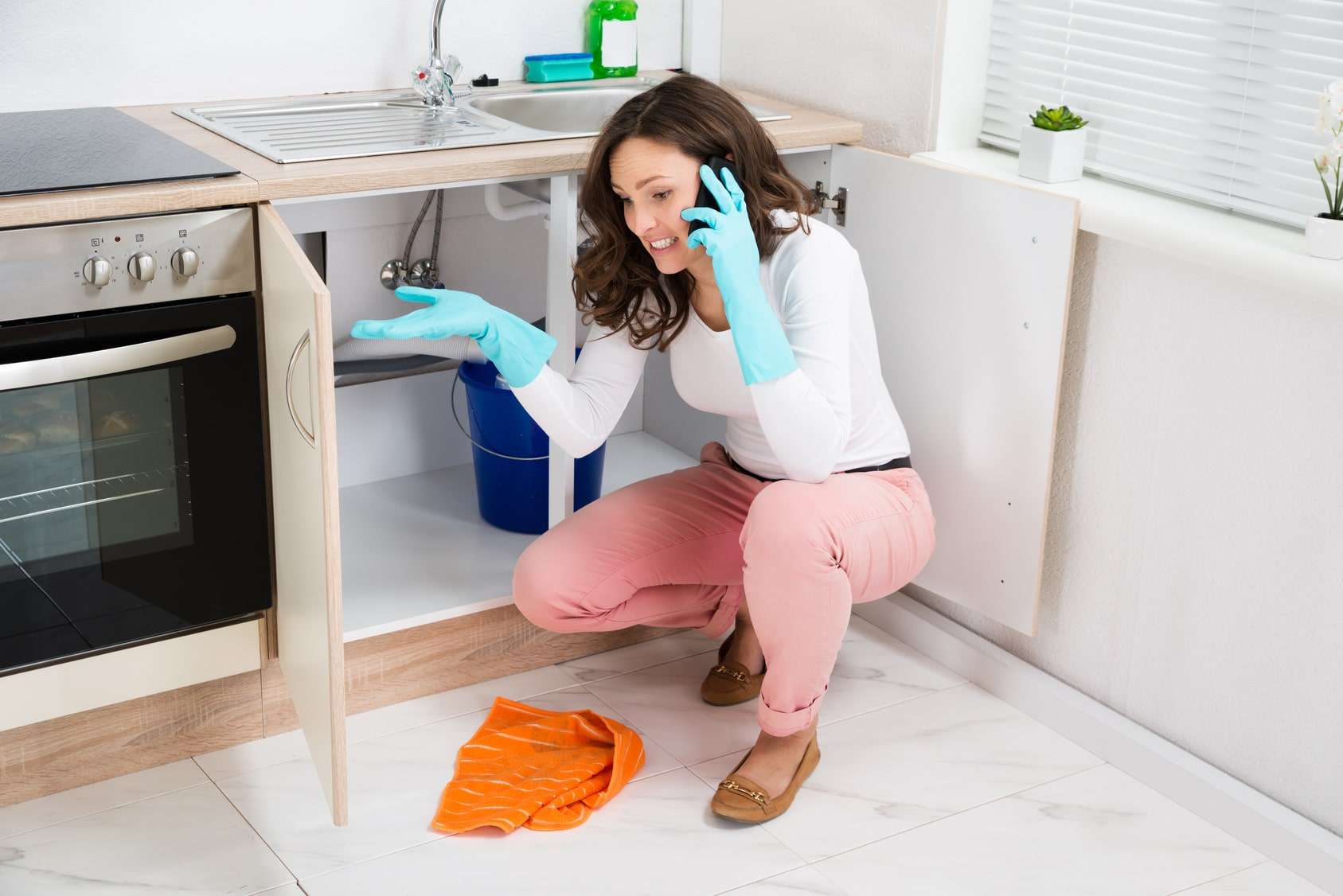Uncover Typical Roots of Water Leaks Inside Your House
Uncover Typical Roots of Water Leaks Inside Your House
Blog Article
The article down below involving How to detect water leaks in your home is exceedingly entertaining. Read it yourself and figure out what you think about it.

Leaks not only cause waste of water but can also create unneeded damages to your house and promote undesirable natural growth. By looking and also comprehending for everyday situations that create leaks, you can protect your residence from future leaks and also unneeded damage.
Elbowing in roots
Many water leakages begin outside the house rather than inside it. You could discover wet spots or sinkholes in your lawn, and that could imply that tree origins are attacking water lines triggering water to seep out.
Rusty water systems
This may be the reason of staining or bending on your water pipelines. If our plumbing system is old, take into consideration changing the pipelines given that they are at a greater threat of rust than the more recent designs.
Faulty Pipe Joints
The point at which your pipes attach is regularly the weakest web link in the waterline. Pipe joints can weaken over time, resulting in water leakages. The majority of pipeline joints are not quickly visible. If you have loud pipelines that make ticking or banging noises, specifically when the hot water is switched on, your pipeline joints are possibly under a great deal of stress. It is a good idea to have your plumber examine your system once a year.
Instant temperature level changes.
Extreme temperature level changes in our pipes can trigger them to increase and acquire suddenly. This development and contraction may trigger splits in the pipelines, especially if the temperature are below freezing. If you maintained an eye on exactly how your plumbing functions, it would certainly be best. The existence of the formerly pointed out conditions regularly shows a high danger.
Poor Water Connectors
Sometimes, a leakage can be caused by loose hoses and pipes that supply your appliances. Generally, moving is what triggers the loosened water Connections. You might locate in the case of a washing device, a tube may spring a leakage due to trembling during the spin cycle. In case of a water links leak, you might observe water running directly from the supply line or pools around your home appliances.
Blocked Drains
Obstructed drains may be annoying as well as inconveniencing, yet they can sometimes end up triggering an overflow causing break pipelines. Maintain removing any materials that may drop your drains pipes that might block them to prevent such hassles.
All the above are root causes of leakages but not all water leakages arise from plumbing leaks; some leaks could originate from roofing leaks. All leaks need to be fixed right away to avoid water damages.
Leaks not only create waste of water but can additionally trigger unneeded damages to your home and also promote undesirable organic development. By looking and also understanding for day-to-day circumstances that create leaks, you can shield your house from future leakages and unneeded damages. Today, we will look at 6 leakage causes that might be creating your pipes to leak.
At times, a leakage can be caused by loose tubes and pipes that supply your devices. In case of a water connections leak, you may observe water running straight from the supply line or pools around your appliances.
How To Check For Water Leak In Your Home
How To Check for Leaks
The average household's leaks can account for nearly 10,000 gallons of water wasted every year and ten percent of homes have leaks that waste 90 gallons or more per day. Common types of leaks found in the home are worn toilet flappers, dripping faucets, and other leaking valves. These types of leaks are often easy to fix, requiring only a few tools and hardware that can pay for themselves in water savings. Fixing easily corrected household water leaks can save homeowners about 10 percent on their water bills.
To check for leaks in your home, you first need to determine whether you're wasting water and then identify the source of the leak. Here are some tips for finding leaks:
Take a look at your water usage during a colder month, such as January or February. If a family of four exceeds 12,000 gallons per month, there are serious leaks.
Check your water meter before and after a two-hour period when no water is being used. If the meter changes at all, you probably have a leak.
Identify toilet leaks by placing a drop of food coloring in the toilet tank. If any color shows up in the bowl after 10 minutes, you have a leak. (Be sure to flush immediately after the experiment to avoid staining the tank.)
Examine faucet gaskets and pipe fittings for any water on the outside of the pipe to check for surface leaks.
Undetected water leaks can happen without the home or business owner even realizing. If you suspect a water leak, but not able to find the source. It is time to contact a professional water leak detection service, The Leak Doctor.
How To Find a Water Leak In Your Home
https://www.leakdoctor.com/blog/How-To-Check-For-Water-Leak-In-Your-Home_AE197.html

I came across that blog post about How Fast Water Damage Can Ruin Your Home when perusing the web. Sharing is caring. You just don't know, you may be helping someone out. I thank you for reading our article about How to Find Water Leaks.
Pro assistance? Dial. Report this page